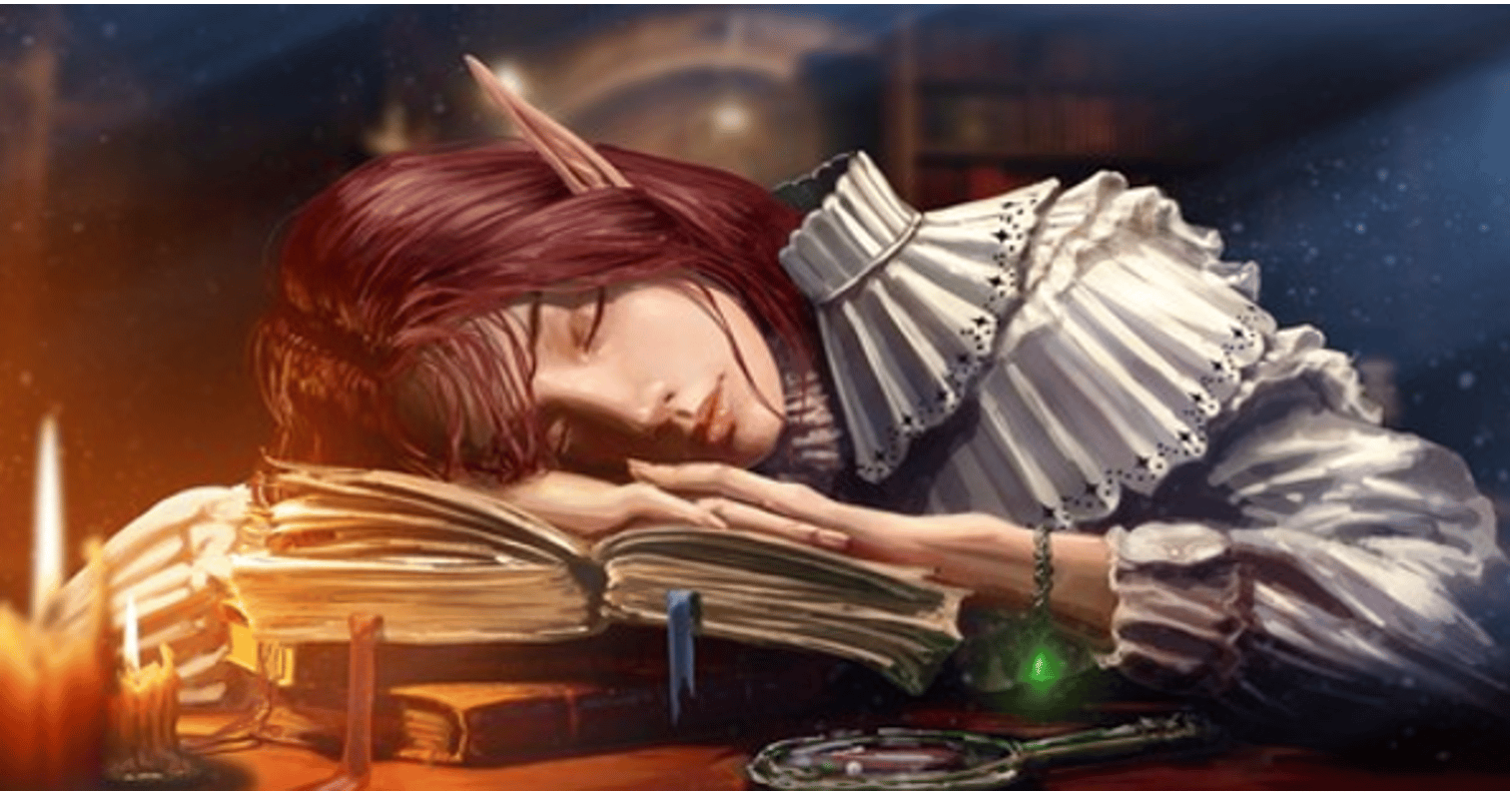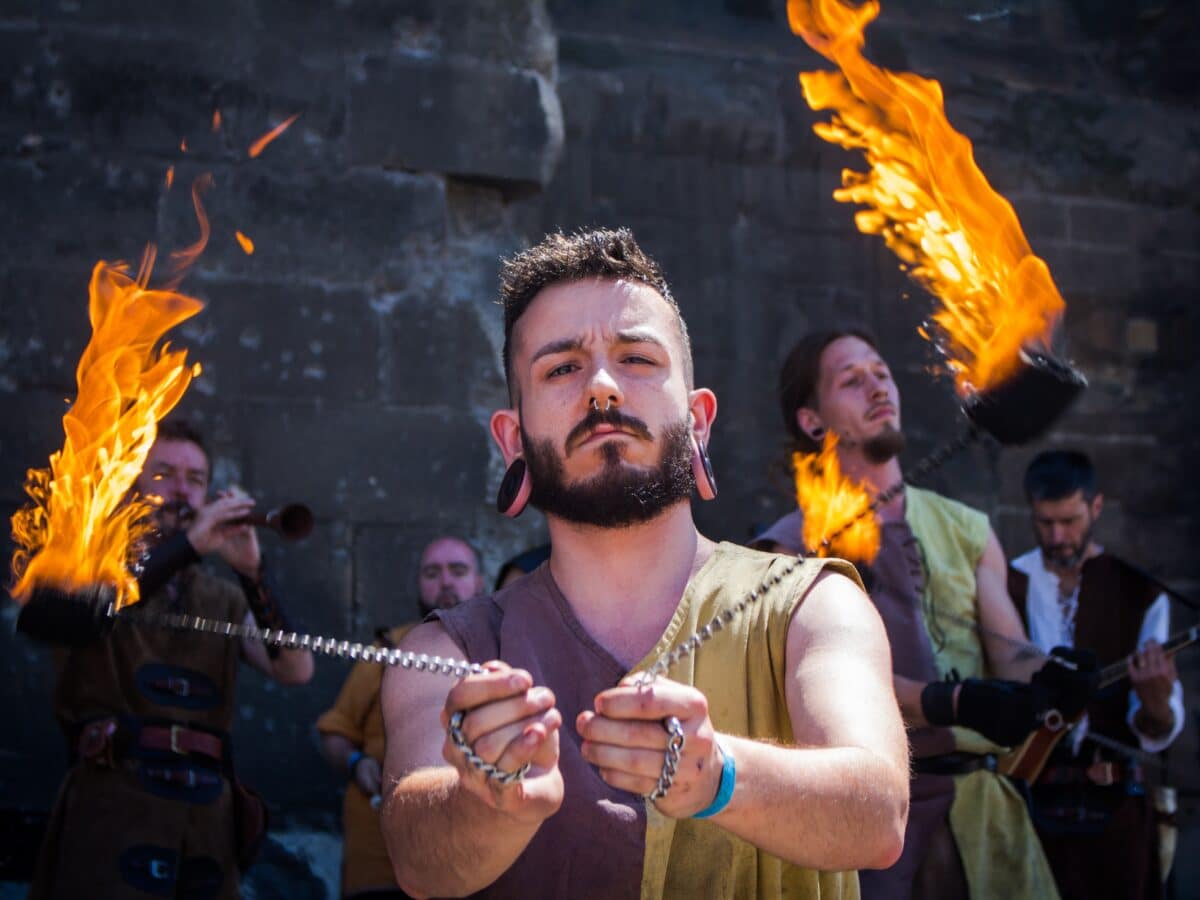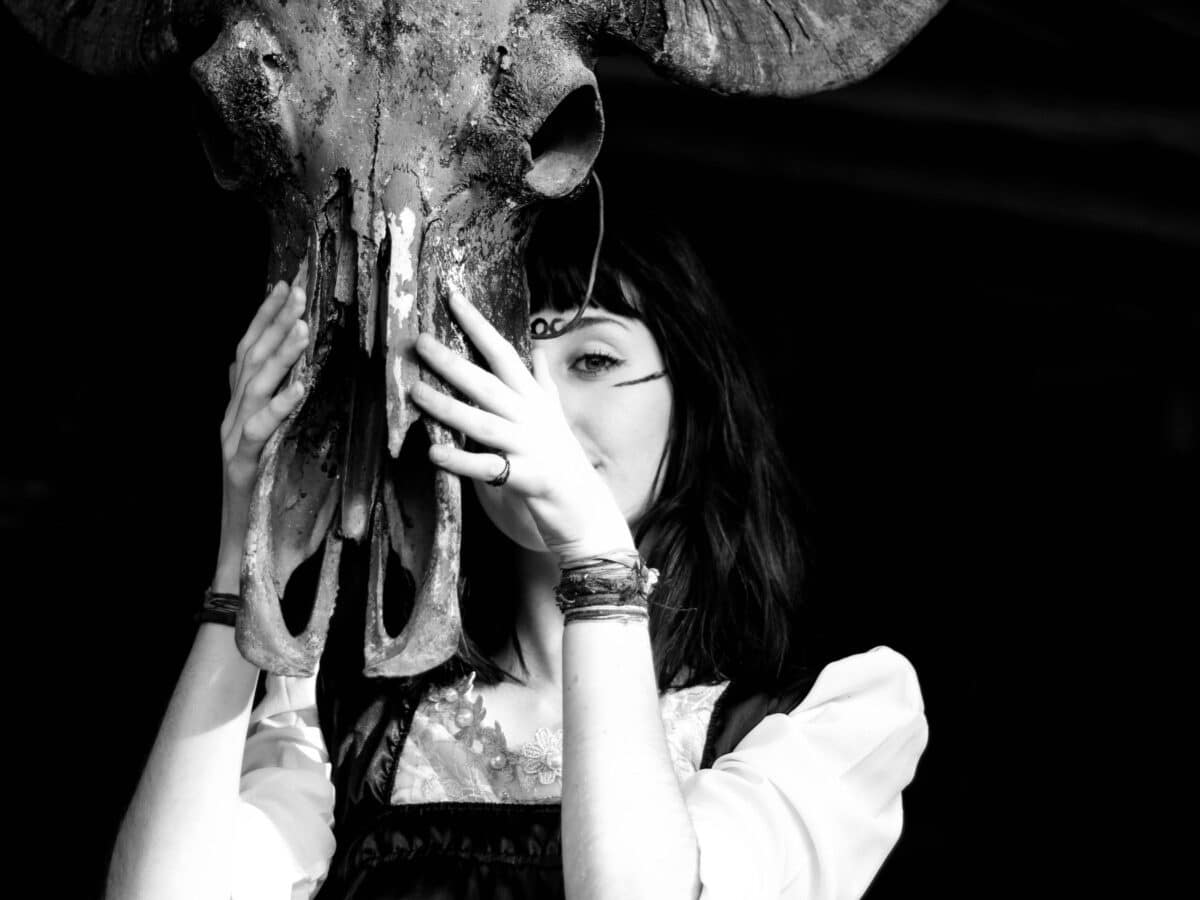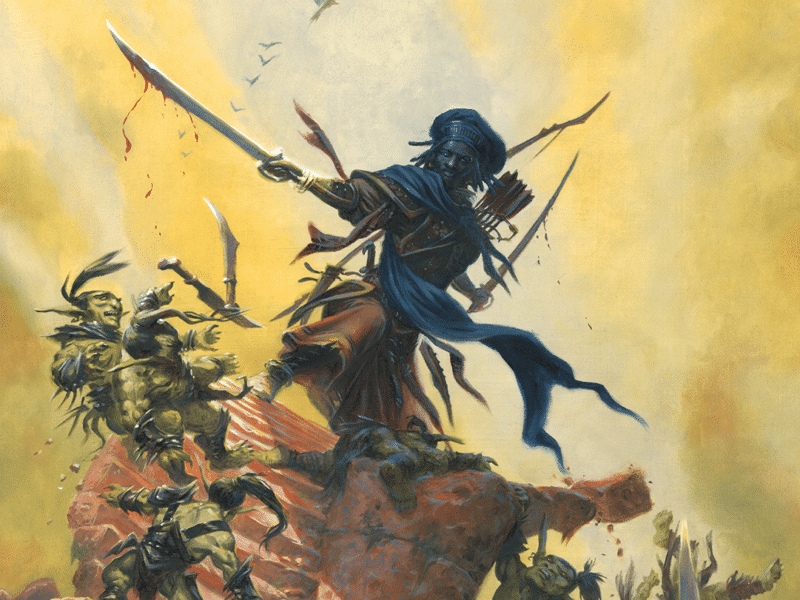In the previous article “Everything you need to know about worldbuilding – Part one,” we talked about how to create your own fantasy or sci-fi setting for roleplaying games from scratch. We discussed how to begin planning your world, where to get inspiration, and advice regarding location and history.
In this article, we will continue to explore more about worldbuilding and how you can create your own unique setting that will knock your players’ socks off!

Let there be magic!
The easiest way to make a fantasy or sci-fi setting feel completely different to our own world is to add magic. It doesn’t matter if it is Jedi magic, Dungeons and Dragons magic, Wit magic, or something else entirely.
However, before you continue, it is useful to ask yourself what type of magic that exists in your world and – more importantly – how common magic is. Is it everywhere or perhaps it barely exists at all?
The level of magic will impact heavily the setting and theme. A grimdark medieval-like world might have very little magic, and using it might be seen as witchcraft and punishable with death. In comparison, a whimsical Alice in Wonderland-style Feywild domain might have so much magic that almost everything is enchanted one way or another, which in turn affects everything including houses, magical creatures, or even gravity.
How magic affects your world
Your world will be strongly affected by magic, and it is worth applying a hefty dose of logic to make the world believable regarding how and when magic can be used.
For example, if magic is very common and used all the time, why would anyone work? Or, if the local priests can resurrect the dead, how would that affect the world? It would obviously make priests and clerics incredibly powerful, but what type of political effects would that have? Perhaps the entire realm is led by power-blind and highly religious leaders who won’t tolerate any other beliefs or religions? Or they could have a much more peaceful leadership in place, where clerics work side by side with a ruler who they believe has been appointed by god themselves (like it used to be in the western part of the world, for example).
It is also worth thinking about how magic has shaped the world and which type of consequences that might have had. Perhaps certain buildings or whole landscapes have been a direct result of magic. For example, magnificent castles, buildings, and bridges could have been constructed by arcane magic during an earlier era thousands of years ago. The magic has since then been lost to history, but the landmarks still exist. Or magic could also have had a disastrous result, for example if it was used as a weapon and destroyed large parts of the world.
Another aspect to consider is how magic is used and accepted in society. Practising magic could be outlawed, or be allowed to be used only by highborn. It could even be divided into different types of magic: Good magic like healing might be completely tolerated and normalised, while arcane magic might be considered dark arts.
People in your world
While worldbuilding and history are all good and well, it is the people in your world who will make it come alive.
Decide which type of people that live in your world. Is it only humans? Humans and androids/ demons/ or plenty of other fantasy creatures. Depending on which roleplaying game you are using, there are often a set of specific races that are described in the core rulebooks, but nothing is stopping you from inventing your own races or people.
The next thing to consider is people’s livelihood, which will be directly linked to their surrounding world. (It is, after all, complicated to be a fisher without any access to coastline, streams, or lakes.)
The surrounding environment will also directly affect people’s lives through resources. If the realm that you have created has plenty of resources, people’s lives will be easier and there might be fewer conflicts. On the other hand, if resources are scarce, people’s lives will be harsher, especially if basic resources needed for survival – such as drinkable water – are limited. This could very well be the direct reason for conflicts, raids, and wars.
Politics and social classes
You don’t need to dive deep into politics, laws, and social class, but it is good to have a general idea about: a) Who is in charge? b) Which types of social classes exist in your world?
Is it a small kingdom with various nobles bickering for power, or is it a vast, lawful empire that dominates not only the realm but a network of more than 1,000 planets? Who is leading and why? Is it democracy, some sort of feudal society led by a vassal and knights, or simply the strongest clan in the region?
It is also worth considering which type of people that are against the rulers or the law. These could be smugglers or rebels, but also other factions of powerful members of society who want to overthrow the king or queen for different reasons.
Conflict, monsters, and the bad guys!
The NPC in your setting will make the world come alive – But it is the monsters and villains that make the world interesting.
Like Agent Smith once said: “Did you know that the first Matrix was designed to be a perfect human world? Where none suffered, where everyone would be happy. It was a disaster. No one would accept the program.”
The same is true for a fantasy/sci-fi world. Create conflict between groups of people, and populate your world with monsters and interesting villains with their own nefarious plots and plans.
But before you start to randomly add monsters and tyrannic villains to your settings, take a moment to consider which type of monsters you want to add to the world. A gothic setting might be populated by undead, werewolves, haughty counts, and gloomy NPC villagers. A high-tech sci-fi world might be controlled by a sophisticated AI or some sort of Alliance, while drones and robots are the most common monsters that the characters will fight.
You can also take a so-called “kitchen sink”-approach and add all types of monsters that you can find in the Dungeons and Dragons Monster Manual. However, in my personal experience, a realm with certain types of monsters and villains that match the setting is better, since it creates a more united worldbuilding that feels more logical and less erratic.
Introduce the players to the world
When you have built your realm, it is time to introduce the players to join your fantasy world. This is, in my opinion, one of the most rewarding parts of being a DM. Start small and try not to overwhelm your players with information. It is usually a good idea to introduce the characters to a smaller location, like a village, and let them explore your world from there.
Ways to present worldbuilding information can be through other NPCs, but also books and journals, or simply by letting the players find old ruins and landmarks along their way. Share the world with your players by letting them get involved. A lot of my own D&D world “Farraway” has been created together with my players. For example, I often ask them where their characters are from and show them our realm map. They might reply that their character is from a small village in the mountains, and I can either suggest a village for them, or I will ask where it is located and even ask them to name their hometown.
This is a fun way of creating a world together and will make the players more invested and interested in the world, since they have the possibility to affect it.
Final worldbuilding DM tips
Here is a secret inside tip: You don’t need to know everything about everything in your world. You just have to show the players “the tip of the iceberg”, and they will fill in the rest using their own imagination.
Also, the realm will take shape as you go along, with new places to explore and new histories, legends, and lore that will be added while you play.
My final tip is to use a map and keep a worldbuilding journal. The map doesn’t have to be perfect and it doesn’t even have to have a proper scale. (It is enough to know that it takes “two to three weeks to reach Winterhold, depending on the weather.”)
Keeping a journal is vital for a DM, and it is great to jot down names of towns, innkeepers, histories, and rumours. This can later be used if your group return to the same location, but also for coming up with ideas for adventures later on!







